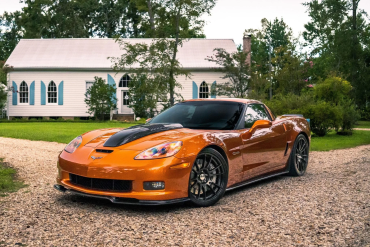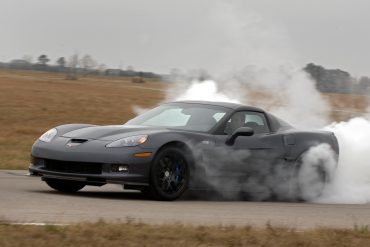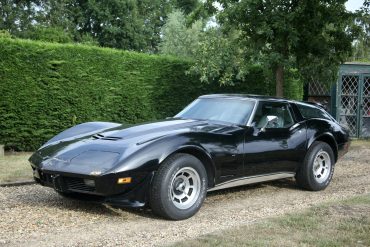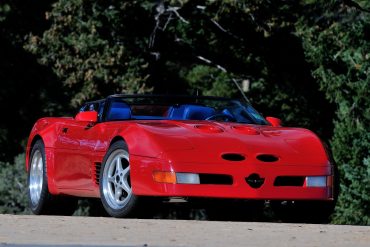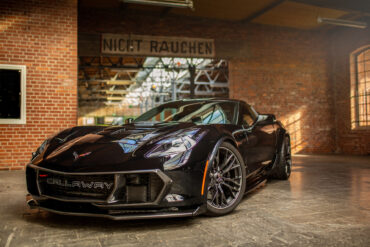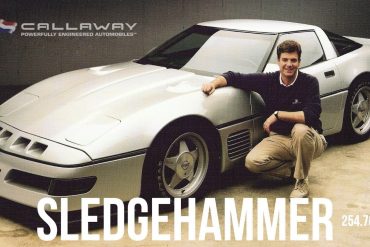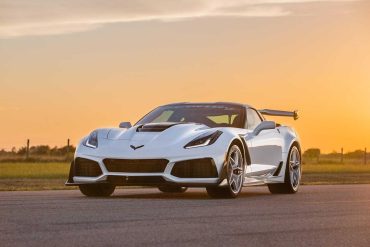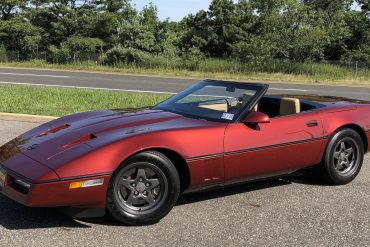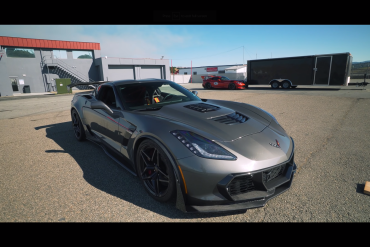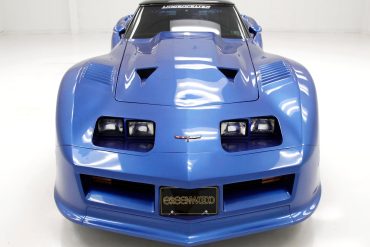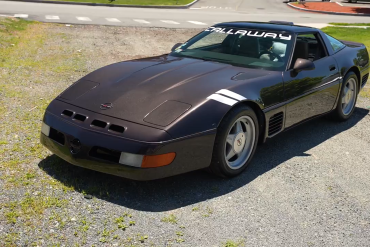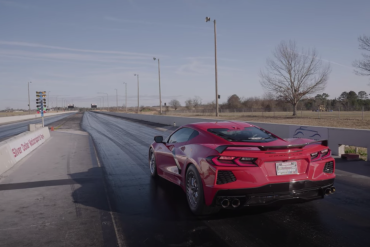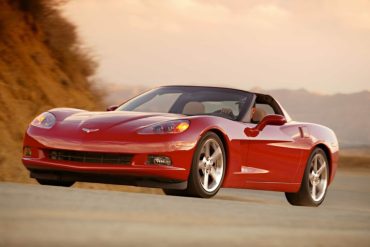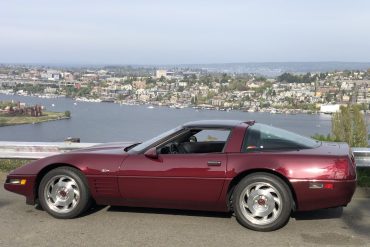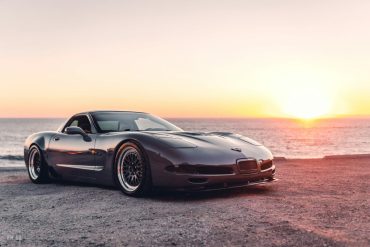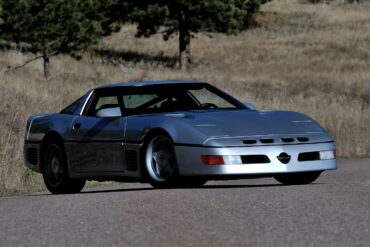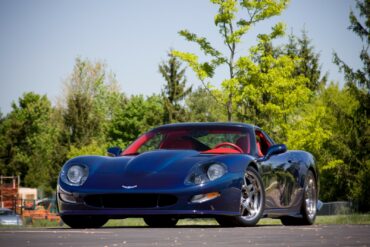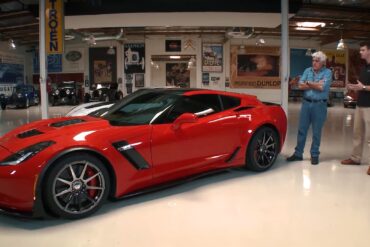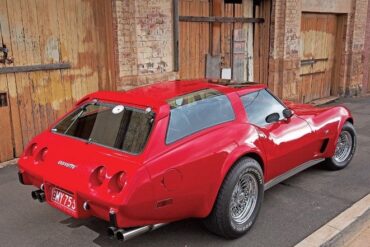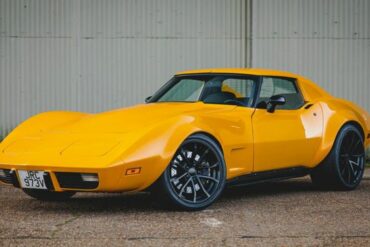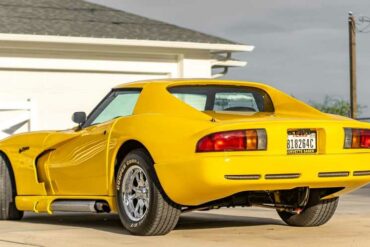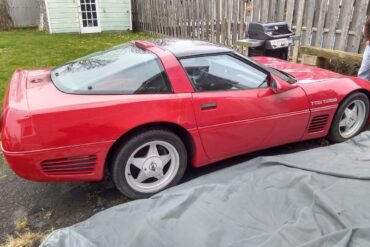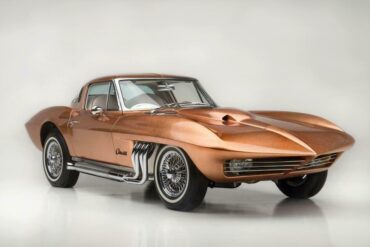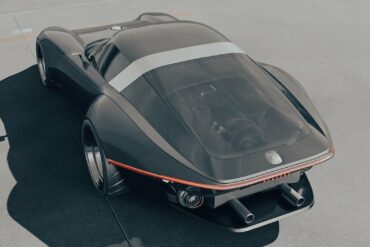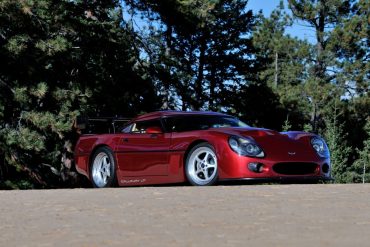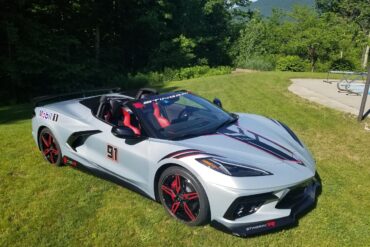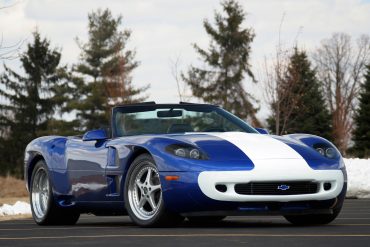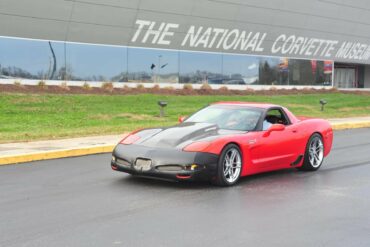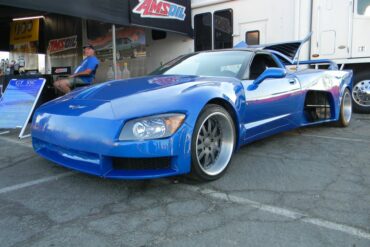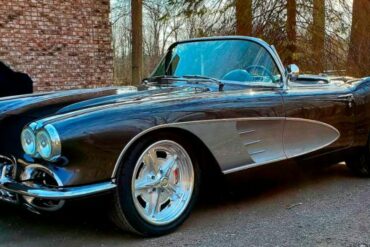Bring a Trailer is currently offering a chance for all Corvette enthusiasts to snag a stunning C6 Corvette Z06! This...
Back in 2009, there were still people who are yearning for more power out of their Corvettes. Even the 2009...
Greenwood didn’t just build Corvettes for the track, constructing a variety of different street car kits over the years. The story goes that the original ’wagon concept was commisioned by a drummer who wanted a Vette with enough cargo space to haul his drums to various gigs. Since the demise of the Corvette trunk, easily accessible cargo areas were definitely on the wish list for many enthusiasts. Chuck Miller designed and built this first Shark-era Sportwagon.
This 1990 Callaway Corvette Super Speedster is one of only three cars equipped with the turbocharged LT5, the same engine...
Callaway has a German branch that’s called Callaway Competition. It has just turned 25 years old, and to celebrate this,...
Based on a 1988 Chevrolet Corvette, the Sledgehammer was designed and manufactured by Corvette aficionado and legend Reeves Callaway. The Sledgehammer’s...
The 2019 ZR1 Corvette comes with plenty of horsepower from the factory, 755 to be exact. But there’s never enough...
The 1987 Callaway Corvette produced 345 horsepower (257 kW) and 465 lb-ft (630 Nm) of torque and could reach a top...
In this video, we get to see a 25th Anniversary Callaway Corvette C7 Z06 (a 757-horsepower supercharged monster) being driven...
What you see before you is a 1982 Chevrolet Corvette that has been fitted with a rare Greenwood Daytona body kit. The most extreme of the Greenwood brothers' kits, the Daytona body kit is a highly sought-after modification that was developed by race-winning specialists Burt and John Greenwood.
This high-performance Chevrolet Corvette is one of a limited number of Callaway C4s fitted with the full twin-turbo upgrade including...
Say hello to the mother of all C8 Corvettes. We’re talking a twin-turbo setup, meaty rear tyes, nitrous – music...
The C6 Corvette is often praised for its striking appearance and general look of unruly aggression. In short, the sixth-generation...
Few accessories accentuate the C4 Corvette’s natural appeal quite like an attractive set of custom rims. In fact, one’s eye...
Upon its release in late 1996, the C5 became an instant favorite of Corvette enthusiasts and critics alike. The fifth-generation...
Based on a 1988 Chevrolet Corvette, the Sledgehammer was designed and manufactured by Corvette aficionado and legend Reeves Callaway. Callaway had already become known...
The C12 was introduced at the 1997 Geneva Auto Show as was one of the highlights of the show. It was considered...
Jay Leno gives an in-depth look at the 2016 Callaway Corvette Aerowagen that has impressive 757 horsepower!...
The Chevrolet Corvette Sportwagon was never actually built by Chevrolet, it was an aftermarket kit developed for the C3 Corvette that solved its single biggest problem – the total lack of useable trunk space. When the third generation Corvette was released in 1967 it proved popular thanks to its shark-inspired styling. The one key drawback was the fact that there was no trunk lid, and the small trunk area was only accessible through the interior of the car behind the seats.
FOR SALE: A Stunning 1976 Corvette Restomod One of the biggest criticisms repeatedly slung at mid-seventies Corvette is this: they...
A Bizarre-Yet-Awesome Viper Body Kit For Your Third-Generation Corvette Gives You the “BEST” Of Both Worlds If You’ve Ever Considered...
We Found a 1989 Callaway Twin Turbo Corvette For Sale on Craigslist – It’s Almost Too Good To Be True!...
The "Asteroid" started life as a 1963 Chevy Corvette. It was ordered by mechanical engineer and renowned mid-century speed boat racer Bob Nordskog, sans any exterior paint save for a primer coat. Instead, the car was shipped directed to Barris Kustoms with instructions for Barris to transform the brand-new Corvette into a more radical version of itself.
And Now For Something Completely Different….an Insanely Cool Corvette-Inspired Porsche 911 The rivalry between Corvette and Porsche is as old...
The offspring of collaboration between Corvette performance guru Reeves Callaway and designer Paul Deutschman, the Super Speedster LM is an astonishing step up on the original Speedster, taking full advantage of the ZR1’s Lotus-engineered, all-aluminum DOHC engine and 6-speed manual transmission. One of only three twin turbocharged and intercooled LT5 engines built by Callaway, it delivers a pavement-shredding 766 HP.
When it was first revealed, it is well known that the Corvette C8’s styling was a radical departure from previous...
To understand why the Guldstrand GS-90 coupe and convertible differ so much, keep in mind that during the course of the C4 development cycle, no ZR-1 convertibles were planned, so the base C4 convertible had to be used in building a GS-90 Nassau Roadster, as it was called. The coupe, however, had the advantage of using the ZR-1 platform right from the get-go.
Mallett Performance Has Created Some Truly Remarkable Corvettes (and other vehicles too!) If you are familiar with Corvettes, then it...
This Corvette Powered, Twin-Engine GT-55C Super Super Car Is Something to Behold Have you ever heard of Gordon Tronson? If...
1961 Corvette Restomod Sells for $352k at Mecum Poll any group of Corvette enthusiasts with the question “which is better,...


